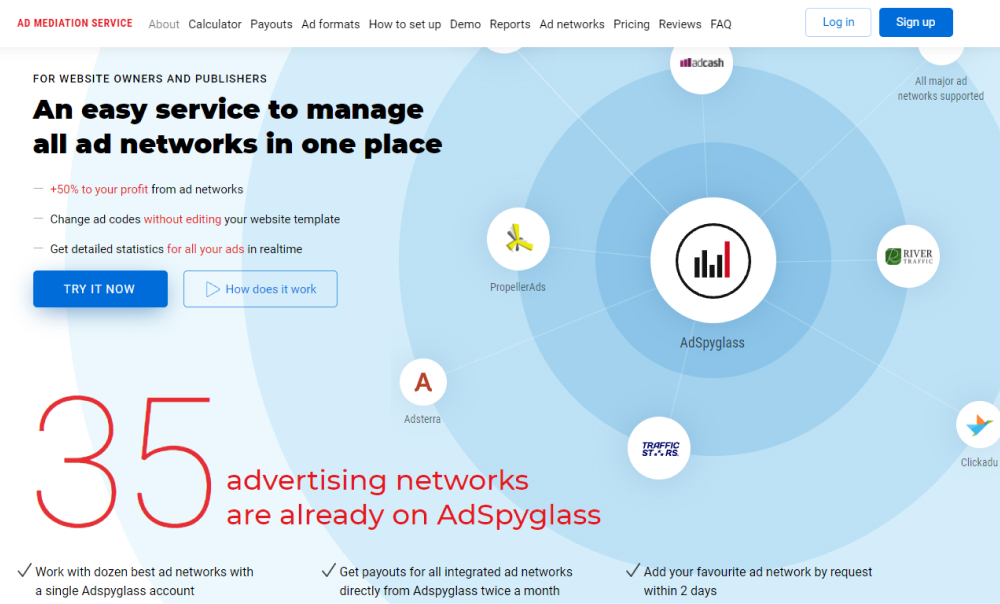Page speed (also known as page load time) stands for the average amount of time needed for a page to fully load the content published on it. It is one of the essential factors analyzed by search engines to determine the page’s SERP: it is more likely to show the sites that load faster, so even the small delays can result in a significant conversion decrease.
Optimizing your page speed is one of the most effective ways to improve visitors’ retention, which can convert into better sales. For affiliate marketing, page speed can either improve or reduce the number of leads which basically defines your earnings.
There are several ways which can help you to improve the page speed:
- Enable compression. Use the specific software for compressing the CSS, HTML, and JavaScript files with a size larger than 150 bytes. Additionally, pay attention to image optimization, as it can radically change the load time.
- Reduce redirects. The fewer redirects there are for your site pages, the better loading time you’ll get as a result. When your visitor needs to wait for the full HTML cycle to complete, he is more likely to close the site without even browsing it.
- Enhance the server response time. The better performance of your server response is, the more traffic you can receive and load the resources that each page uses. Additionally, pay attention to the site hosting, server software, and the amount of memory available for use.
- Optimize the images. Just like we said before, the image size can be the core reason for the site’s slow loading. Make sure the images are compressed for the web and have the appropriate file format.
These page speed hacks will not only benefit to increase the page speed but also can provide the best experiences for the users, as well as the higher rankings for the page’s SERP.
